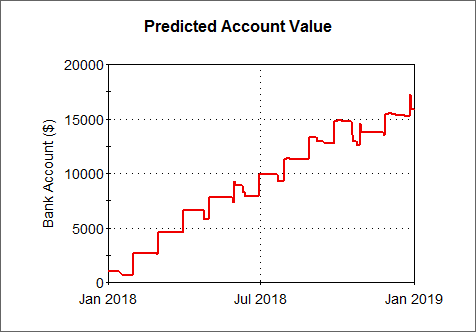Speeding Up Time with Dynamic Simulation
Lesson 1, page 2 of 5
Although simulations can be static (i.e., the system A subunit of the world separated by a boundary from the rest of the world. The description of the system is comprised of the relations within the system as well as those characterizing the action of the outside world on the system. is assumed not to change with time), most simulations are dynamic.
In a dynamic simulation, the system changes and evolves with time (in response to both external and internal influences), and your objective in modeling such a system is to understand the way in which it is likely to evolve, predict (forecast) the future behavior of the system, and determine what you can do to influence that future behavior. That is, the purpose of a dynamic simulation is typically to predict the way in which the system will evolve and respond to its surroundings, so that you can identify any necessary changes that will help make the system perform the way that you want it to.
For example, you could dynamically simulate (predict) the amount of money in your bank account over the next year in order to quantitatively understand the impacts of possible actions (e.g., changing jobs, modifying spending habits) to ensure that your balance does not go negative at some point in the future. To build such a model, you would need to quantitatively describe things such as how often you get paid, how much you receive each paycheck, what your various monthly expenses are, etc. The key output of such a simulation might look like this:

This chart (referred to as a time history result A chart or table showing how a model variable changes with time.) shows how the amount in the bank account is predicted to change over time.